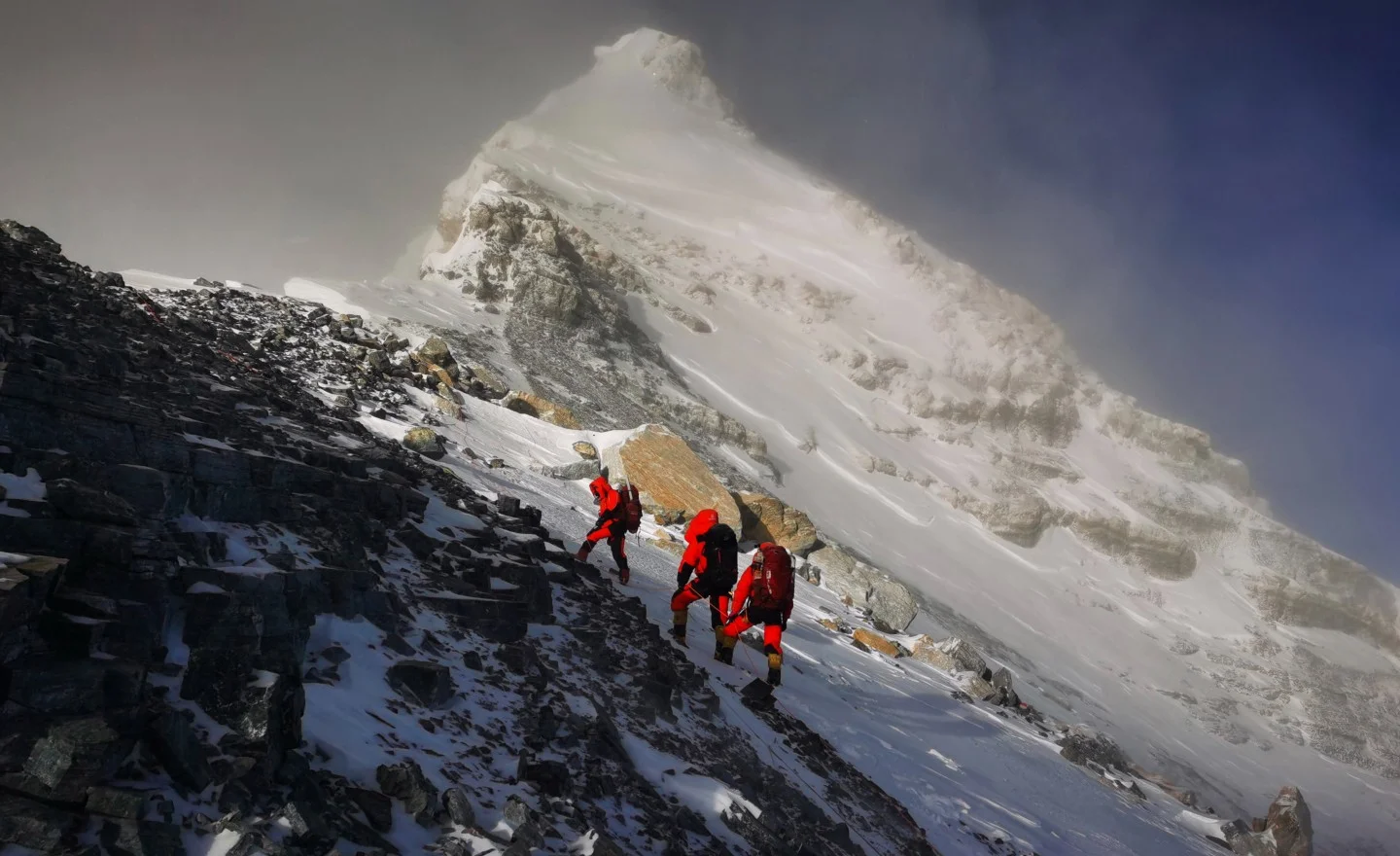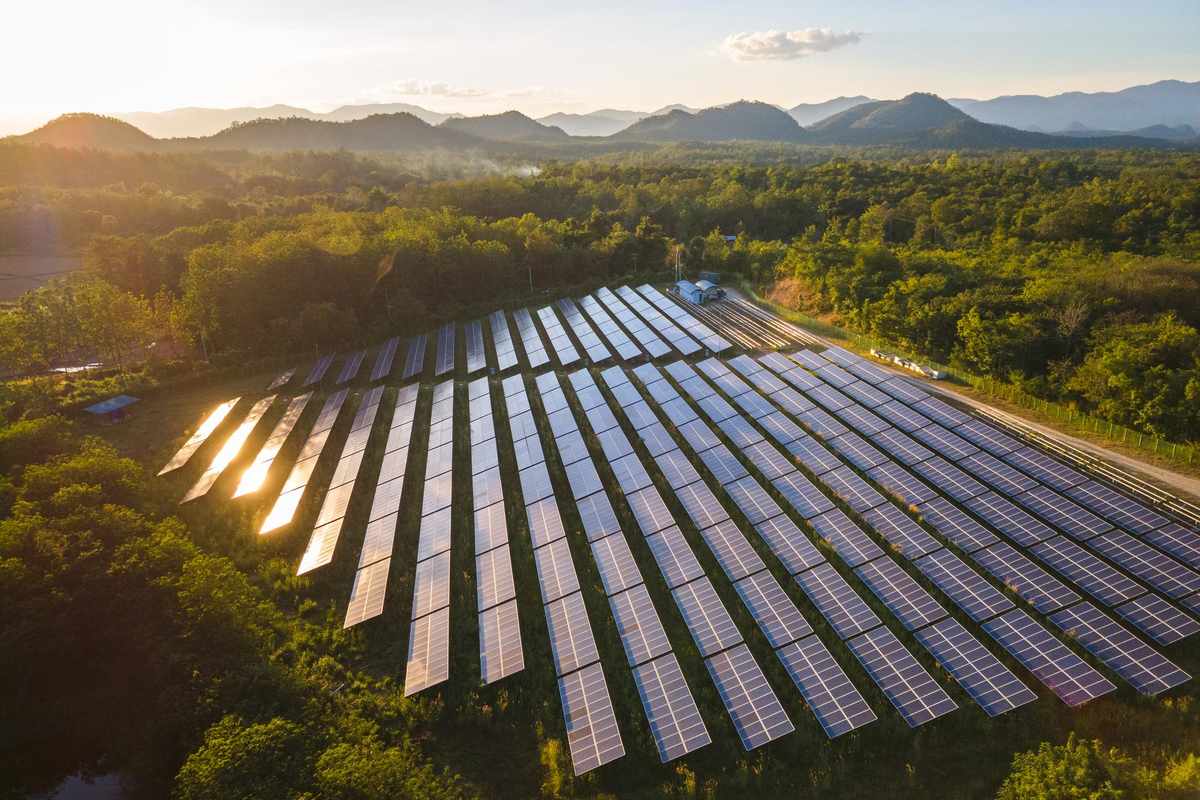
A new study published in the Nature Portfolio Journal Climate and Atmospheric Science found that human-sourced climate change has reached the high-mountain glacier systems of Mount Everest and several decades of accumulation are being lost annually now that glacier ice has been exposed.
The study was a result of the 2019 National Geographic and Rolex Perpetual Planet Everest Expedition, which brought together 34 international and Nepali scientists to learn more about vulnerable and dynamic nature systems.
Warming climate trends have driven surface melt of Mount Everest’s South Col Glacier, demonstrating that, “even the roof of the Earth is impacted by anthropogenic source warming,” said the study.
“It answers one of the big questions posed by our 2019 NGS/Rolex Mount Everest Expedition — whether the highest glaciers on the planet are impacted by human-source climate change. The answer is a resounding yes, and very significantly since the late 1990s,” said Paul Mayewski, climate scientist at the University of Maine who was involved in the study, in a statement.
In order to investigate the timing and cause of significant mass loss on Mount Everest’s South Col Glacier, researchers used weather stations, satellite imagery and other records. They estimated that ice thinning rates were approaching about 2 meters of water per year as the glacier turned from snowpack to ice, as a result losing its ability to reflect solar radiation while also melting rapidly.
As South Col Glacier ice became regularly exposed, about 55 meters of glacier thinning was estimated to have occurred in a quarter century, which is 80 times faster than the nearly 2,000 years it took to form the glacier’s ice.
The level of overall ice mass loss in the region, considered the transition from permanent snowpack to majority ice cover, could have been triggered by climate change since the 1950s and was further intensified in the 1990s.
At the current rate of melting, Mount Everest expeditions could be climbing over more exposed bedrock, potentially making it more challenging to climb as snow and ice cover continues to thin in the coming decades, according to Mayewksi and Maruisz Potocki, another University of Maine climate scientist involved in the study.







Change THIS .... click here to set the footer